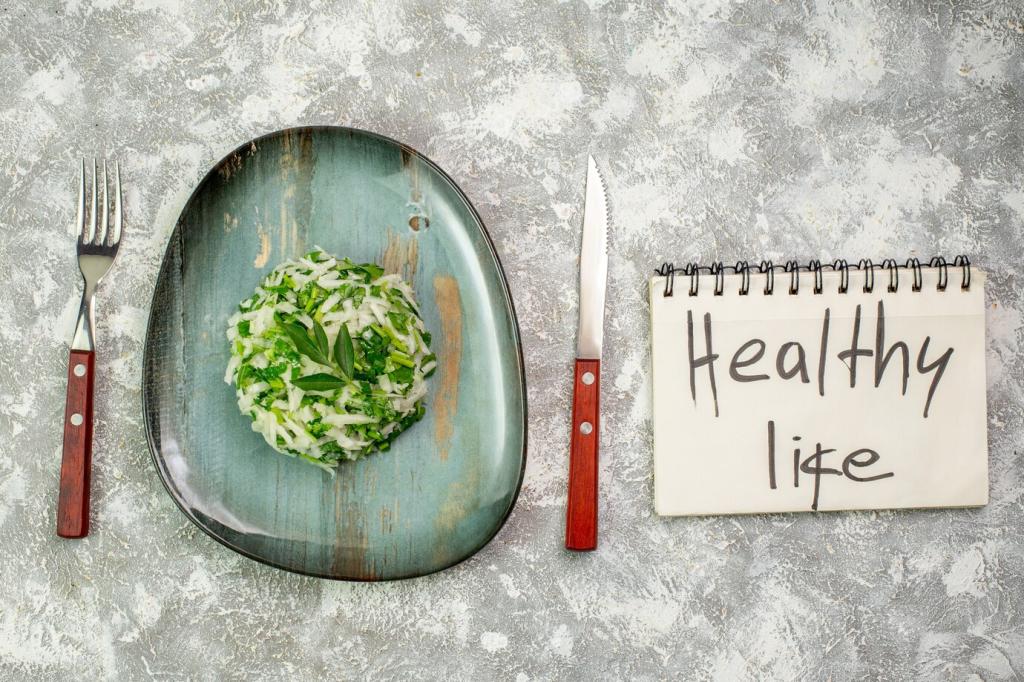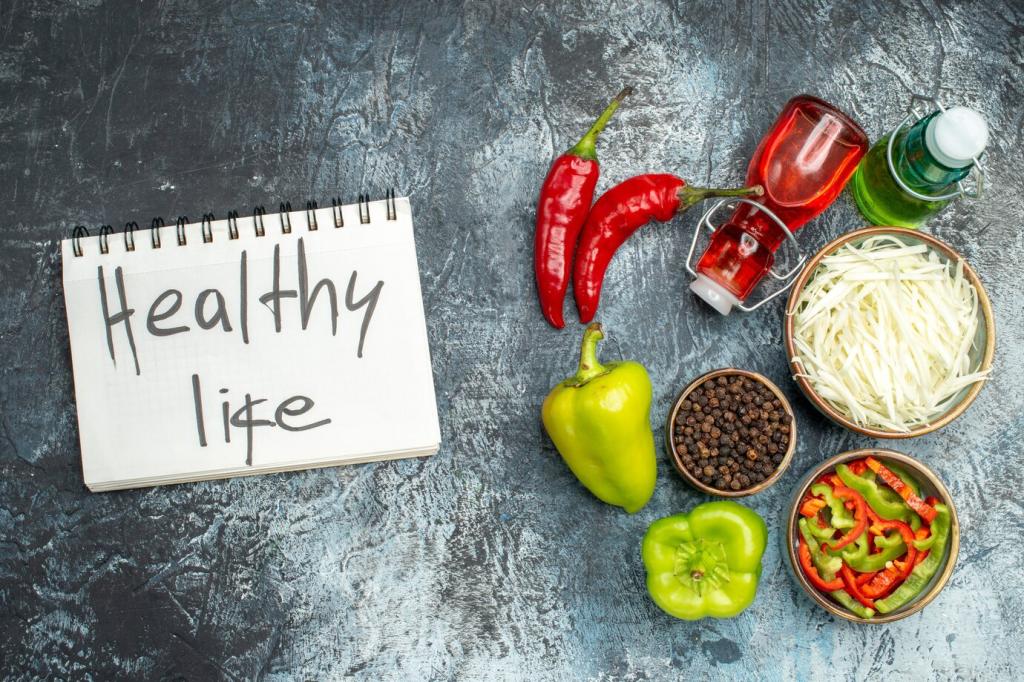
Power Your Potential: Meal Planning for Athletic Performance
Today’s chosen theme is Meal Planning for Athletic Performance. Discover how thoughtful food choices and precise timing turn hard training into consistent, confident results. If this resonates, subscribe for weekly athlete-focused meal ideas and share your sport and goals so we can tailor future posts.
Carbohydrates refuel glycogen for high-intensity efforts, fats support longer steady outputs, and proteins repair muscle. Smart meal planning for athletic performance balances these nutrients across the day, adjusting portions to training load so energy stays steady and recovery never lags behind.
The Science of Fuel: Timing Energy for Training and Competition
Pre-workout meals should be familiar, low in fiber, and timed one to three hours before activity. Include easy-to-digest carbohydrates, a little protein, and minimal fat. Practice the exact foods during training so competition day feels routine, confident, and comfortably fueled, not experimental or risky.
The Science of Fuel: Timing Energy for Training and Competition

Daily baseline: start hydrated, stay consistent
Begin the day with a glass of water, then sip regularly between meals. Urine should be pale straw colored, not clear or dark. Pair fluids with meals for better absorption, and include watery produce like oranges or cucumbers. Consistency beats chugging, especially when training stacks multiple days in a row.
During training: match sweat, protect performance
For sessions over sixty minutes, include electrolytes and carbohydrates in your bottle to maintain pace and decision-making. A simple rule is to drink to thirst while ensuring access to fluids. Practice your exact drink in workouts so race nerves never surprise your gut or your energy levels.
Sodium, cramps, and hot conditions
Heavy sweaters often lose significant sodium, increasing cramp risk and fatigue. Include salty foods or electrolyte tablets around long, hot sessions. Weighing before and after training can estimate sweat loss. Replenish gradually with fluids, sodium, and balanced meals to restore performance readiness by the next session.
Packable staples that travel well
Bring instant oats, nut butter packets, shelf-stable tuna, rice cakes, trail mix, and electrolyte powders. These inexpensive staples stabilize your day when schedules slip or venues change. Having familiar foods reduces stress, protects your stomach, and keeps your fueling plan consistent from flight to warmup.
Hotel hacks for stable energy
Scout nearby groceries, request a mini-fridge, and use an electric kettle for oats, couscous, or instant rice. Build reliable breakfasts and pre-game snacks with yogurt, fruit, and granola. Consistent meal timing in unfamiliar environments preserves confidence and keeps your routine predictable when competition nerves rise.
Eating out without losing your edge
Choose menus with simple carbohydrates and lean proteins: rice bowls, grilled chicken, burritos, or pasta with tomato sauce. Skip heavy sauces before competition and schedule the largest meal earlier in the day. Leave the adventurous choices for after the event, when recovery and celebration happily overlap.
Train Your Gut: Practice the Fuel Plan You’ll Use on Game Day
Introduce fuel gradually in training, not on race day. Start with small sips or bites every fifteen to twenty minutes and build tolerance. Consistent practice improves gut transporters, reducing discomfort and boosting reliability, so your body absorbs the energy you planned instead of fighting against it.
Performance on a Budget: Smart, Affordable Meal Planning
Cook big batches of rice, roasted potatoes, hard-boiled eggs, and sheet-pan chicken thighs on one prep day. Portion into grab-and-go containers with frozen vegetables and a flavorful sauce. This simple habit shrinks decision fatigue, reduces waste, and makes weekday fueling almost automatic, even after late practices.


Performance on a Budget: Smart, Affordable Meal Planning
Canned fish, eggs, lentils, tofu, Greek yogurt, and chicken thighs deliver quality protein without premium costs. Rotate plant and animal sources to diversify nutrients and keep meals interesting. Buying family-sized packs, then freezing, protects your budget while keeping performance plates ready for any training demand.
Micronutrient Essentials: Iron, Vitamin D, and Antioxidant Timing
Low iron can sap stamina and concentration. Include lean red meat, beans with vitamin C sources, or fortified cereals. If you suspect low levels, speak with a healthcare professional about testing. Steady dietary iron and smart timing protect oxygen delivery, training quality, and day-to-day energy.

